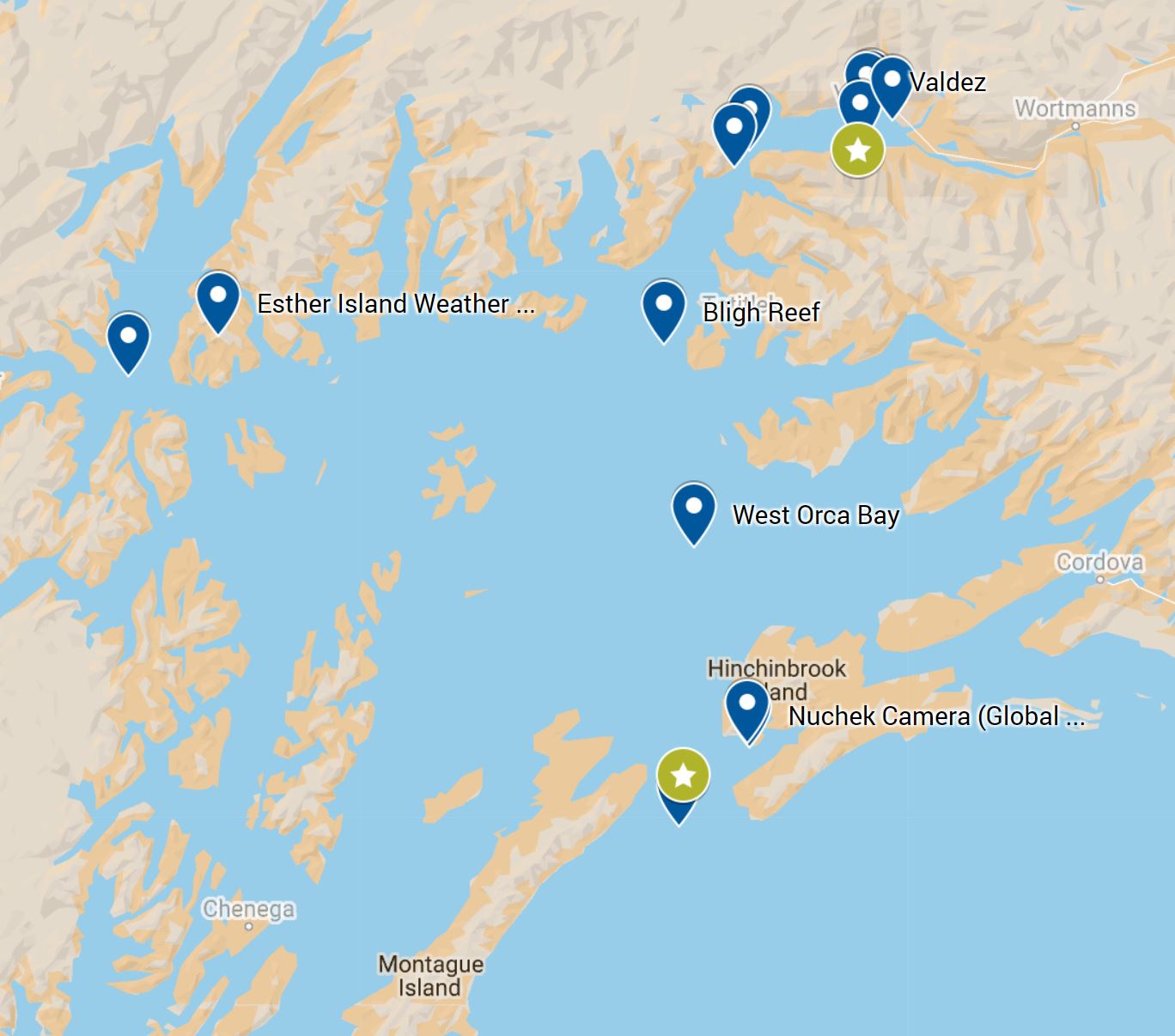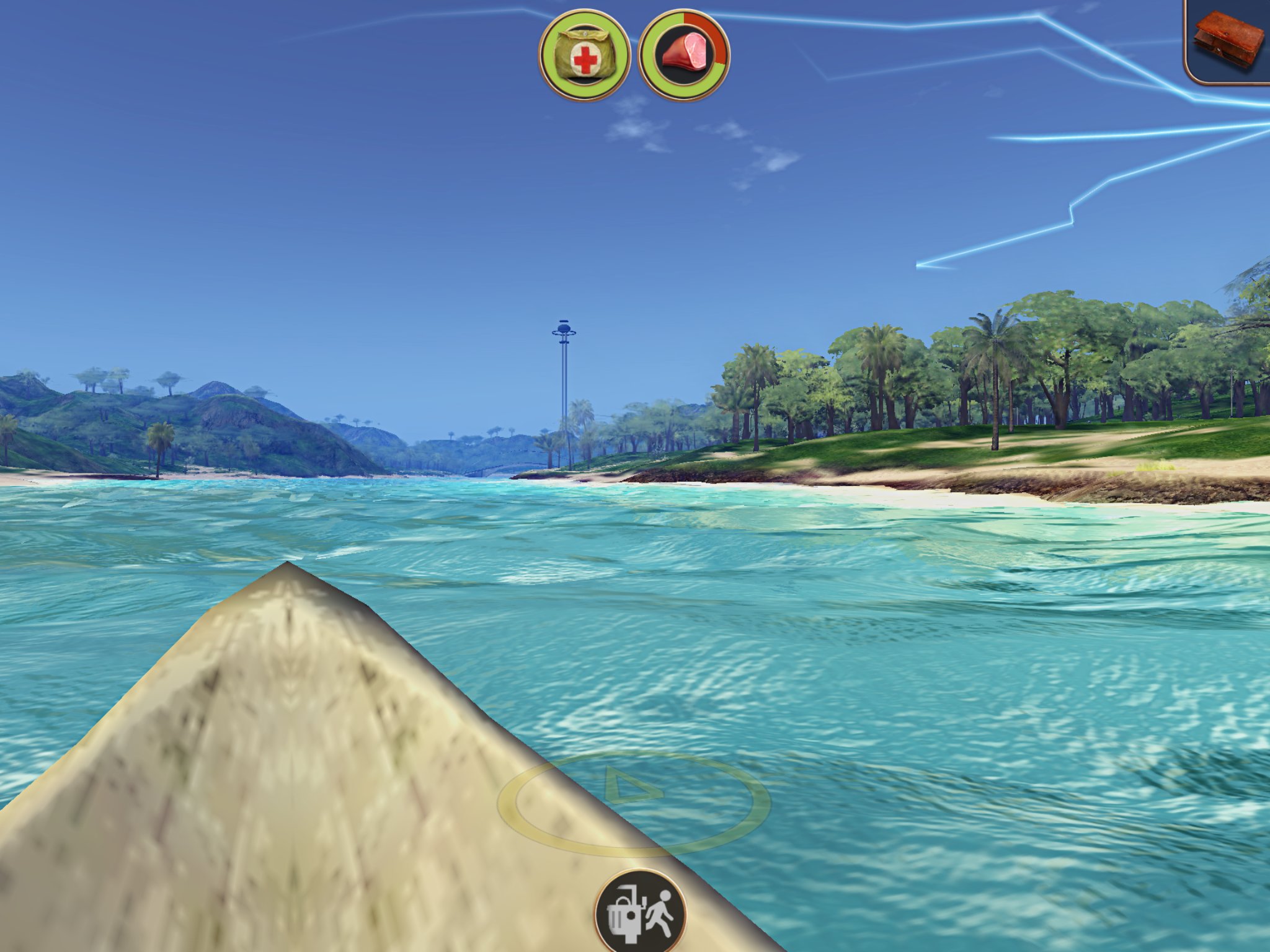

"The pattern of winter warming following the volcanic eruption is practically identical to a pattern of winter surface temperature change caused by global warming. "The modeled temperature change is consistent with the temperature anomalies observed after the eruption," Stenchikov says.

The model demonstrated that the direct radiative effect of volcanic aerosols causes general stratospheric heating and tropospheric cooling, with a tropospheric warming pattern in the winter. The temperature of the tropical lower stratosphere increased by 4 Kelvin (4☌) because of aerosol absorption of terrestrial longwave and solar near-infrared radiation. (Image courtesy of the USGS, from the USGS Fact Sheet 027-00).īy comparing the climate simulations from the Pinatubo eruption, with and without aerosols, the researchers found that the climate model calculated a general cooling of the global troposphere, but yielded a clear winter warming pattern of surface air temperature over Northern Hemisphere continents. Helens, is not really ash, but tiny jagged particles of rock and glass.

#Radiation island canoe archive#
To study the sensitivity of climate response to sea surface temperature, using data from NASA's Physical Oceanography Distributed Active Archive Center (PO.DAAC), they conducted calculations with climatologically mean sea surface temperature, as well as with those observed during particular El Niño and La Niña periods. The research team ran a general circulation model developed at the Max Planck Institute with and without Pinatubo aerosols for the two years following the Pinatubo eruption.
#Radiation island canoe series#
Stenchikov and Professor Alan Robock of Rutgers University with Hans Graf and Ingo Kirchner of the Max Planck Institute for Meteorology performed a series of climate simulations that combined volcanic aerosol observations from the Stratospheric Aerosol and Gas Experiment II (SAGE II) available from NASA's Atmospheric Science Data Center (ASDC), with Upper Atmosphere Research Satellite (UARS) data from NASA's Goddard Earth Science Data and Information Services Center (GES DISC). "Exploring effects of volcanic eruption allows us to better understand important physical mechanisms in the climate system that are initiated by volcanic forcing." "Volcanic eruptions cause short-term climate changes and contribute to natural climate variability," says Georgiy Stenchikov, a research professor with the Department of Environmental Sciences at Rutgers University. Major eruptions alter the Earth's radiative balance because volcanic aerosol clouds absorb terrestrial radiation, and scatter a significant amount of the incoming solar radiation, an effect known as "radiative forcing" that can last from two to three years following a volcanic eruption. Mount Pinatubo, J(Image courtesy of NOAA). Following eruptions, these aerosol particles can linger as long as three to four years in the stratosphere. Sulfuric gases convert to sulfate aerosols, sub-micron droplets containing about 75 percent sulfuric acid. Large-scale volcanic activity may last only a few days, but the massive outpouring of gases and ash can influence climate patterns for years. The extent to which this occurs is an ongoing debate. Volcanic eruptions of this magnitude can impact global climate, reducing the amount of solar radiation reaching the Earth's surface, lowering temperatures in the troposphere, and changing atmospheric circulation patterns. Gases and solids injected into the stratosphere circled the globe for three weeks.

The eruption caused widespread destruction and loss of human life. When Mount Pinatubo erupted in the Philippines June 15, 1991, an estimated 20 million tons of sulfur dioxide and ash particles blasted more than 12 miles (20 km) high into the atmosphere.


 0 kommentar(er)
0 kommentar(er)
